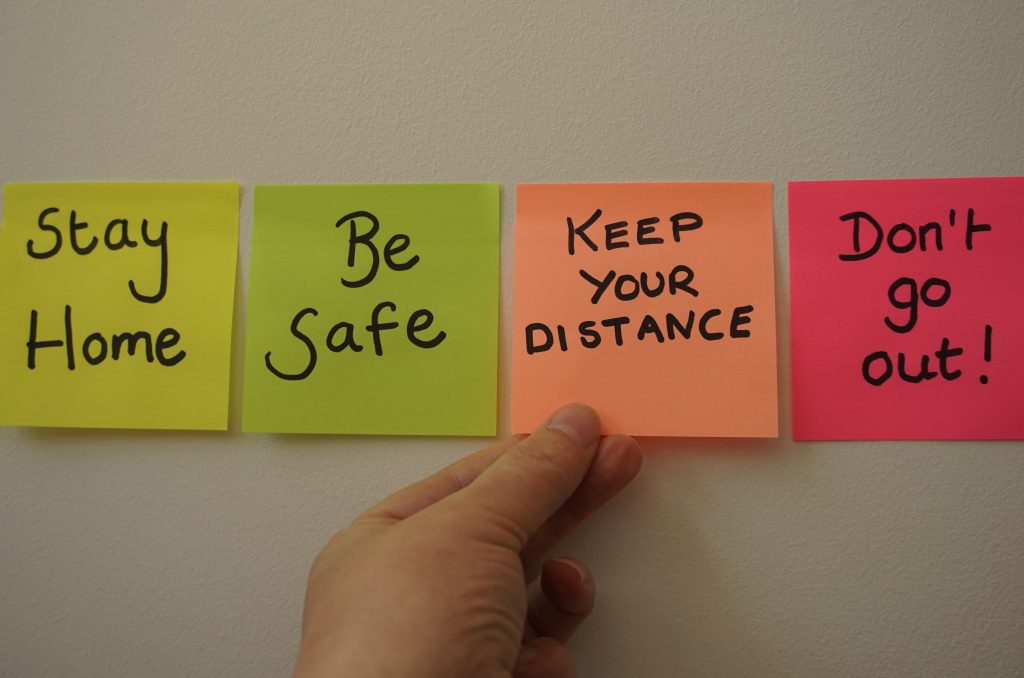CT 7th best at social distancing, Fairfield leads CT counties

Last week, Connecticut residents did better than most Americans in maintaining social distance according to a University of Maryland model. (We slipped a bit on Saturday – to 18th among states.) The aggregate score uses the percent of us who stay home and reductions in trips per person. 35% of Connecticut residents stayed home last week (stayed within a mile of home) compared with 32% of all Americans. Before the pandemic, 20% of Americans stayed home. Both before and during the pandemic, Americans and Connecticut residents are most likely to stay home on weekends, especially Sundays. We averaged 2.6 trips averaging 19.3 miles compared to 2.8 trips and 23.5 miles for all Americans. Fairfield led Connecticut counties in overall social distancing, percent staying home, and fewest trips and miles traveled. Windham was lowest in overall social distancing, Tolland residents were the least likely to stay home, and Middlesex county residents had the highest trips per person and miles traveled.
Researchers found that official government stay-at-home orders had little impact on social distancing, associated with an estimated 4.3% in the first week with declining impact afterward. The biggest motivator for social distancing was increasing local infection rates. “As soon as COVID-19 cases first began to appear in significant numbers in a state or county (i.e., early to mid-March), social distancing measures (index, %staying home, #trips per person, trip distance, out-of-town trips, etc.) began to improve quickly without mandatory government social distancing orders. Those who wanted and were able to limit their interactions with others quickly adopted social distancing practices.” As advocates and behavioral scientists would predict, people are moved by the health of their communities; government edicts are less persuasive. The researchers recommend, “Government agencies should seek to further improve the effectiveness of social distancing and stay-at-home orders by educating the general public, increasing enforcement, working with employers and communities, and supporting vulnerable populations who may encounter challenges in meeting social distancing requirements. Government stay-at-home orders were issued too late and have accomplished much less than expected results in terms of behavior changes.”

